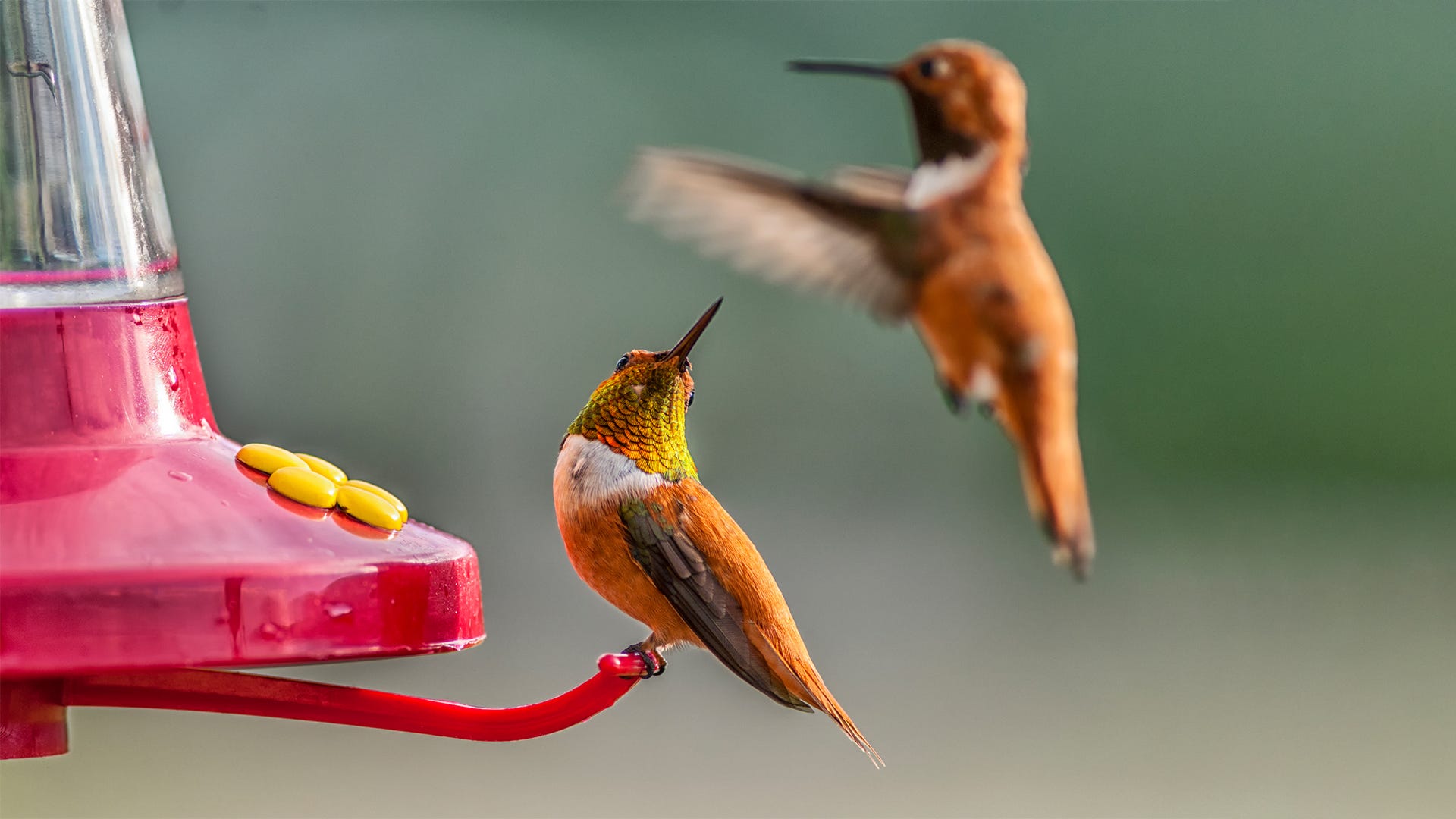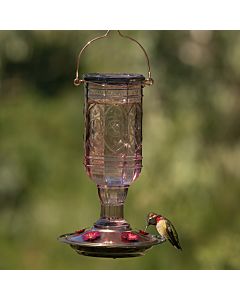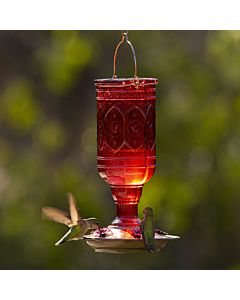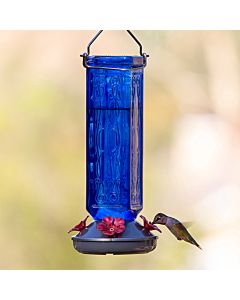Whether you’re a new birder or you’ve been feeding and watching birds for years, you’ve probably encountered a bully hummingbird. Despite their small size, hummingbirds have proven to be surprisingly aggressive at times. While this behavior may seem entertaining at first, it can make feeding these birds a challenge.
If you’ve ever dealt with this, you know how difficult it can be to feed your hummers peacefully without interruption by a bully. In fact, it can be downright disheartening to watch your efforts go to waste. Luckily, there are several ways you can minimize this aggressive behavior at your hummingbird feeders.
THE MORE THE MERRIER
Why Do Hummingbirds Fight?
First, it’s important to understand exactly why our fierce little hummingbird friends become aggressive. As with many creatures in the animal kingdom, it comes down to defending territory – namely feeding territory or breeding territory. When a hummingbird feels that others are encroaching on a space they’ve claimed, they may react aggressively.
Some hummingbird species have a stronger reputation of aggression than others. In particular, people often recognize the Rufous Hummingbird for its temper. Territorial behavior at feeders is usually stronger in male hummingbirds than in females.
So how can you recognize this behavior? Territorial aggression presents itself in a number of different ways:
-
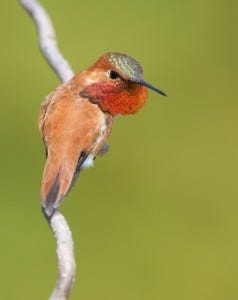 Aggressive noises – A territorial hummer usually starts by making warning sounds, such as loud, fast chirping and buzzing. This is simply meant to alert a new hummingbird that the territory is already taken.
Aggressive noises – A territorial hummer usually starts by making warning sounds, such as loud, fast chirping and buzzing. This is simply meant to alert a new hummingbird that the territory is already taken. - Body Language – By changing posture, a hummer can make itself look larger and more threatening to an unwelcome invader. For example, Rufous hummers flare their brightly colored gorget. Others may raise feathers, flare their tails, or spread their wings. All of these threat displays are meant to show off their size.
- Dives – This is a common behavior at feeders. You may notice an aggressive hummer hover above intruders then dive straight at it, whether it’s another hummingbird or not. The dive is also paired with a loud chirp sound to warn the visitor.
- Chases – If an intruder doesn’t leave after the other warnings, a territorial hummer may attempt to chase it off. They may charge in the direction of the new hummingbird and attempt to chase it off to another part of the property and away from the feeder.
- Fighting – While this is by far the most aggressive and violent option, it is more common than you think. However, it is typically the last choice if none of the other warnings have been heeded. An aggressive hummer will use their bill and talons to attack the invader. This can result in serious injury or even death for the hummingbird that doesn’t opt to leave.
Some of these actions, such as aggressive sounds and body language, are merely warnings, while others, such as fighting, are downright violent. Typically, hummingbirds start with the least aggressive behavior and escalates it from there if the “invader” doesn’t leave. Although each behavior may be different, they are all an attempt to ward off unwanted visitors.
How to Stop Territorial Behavior
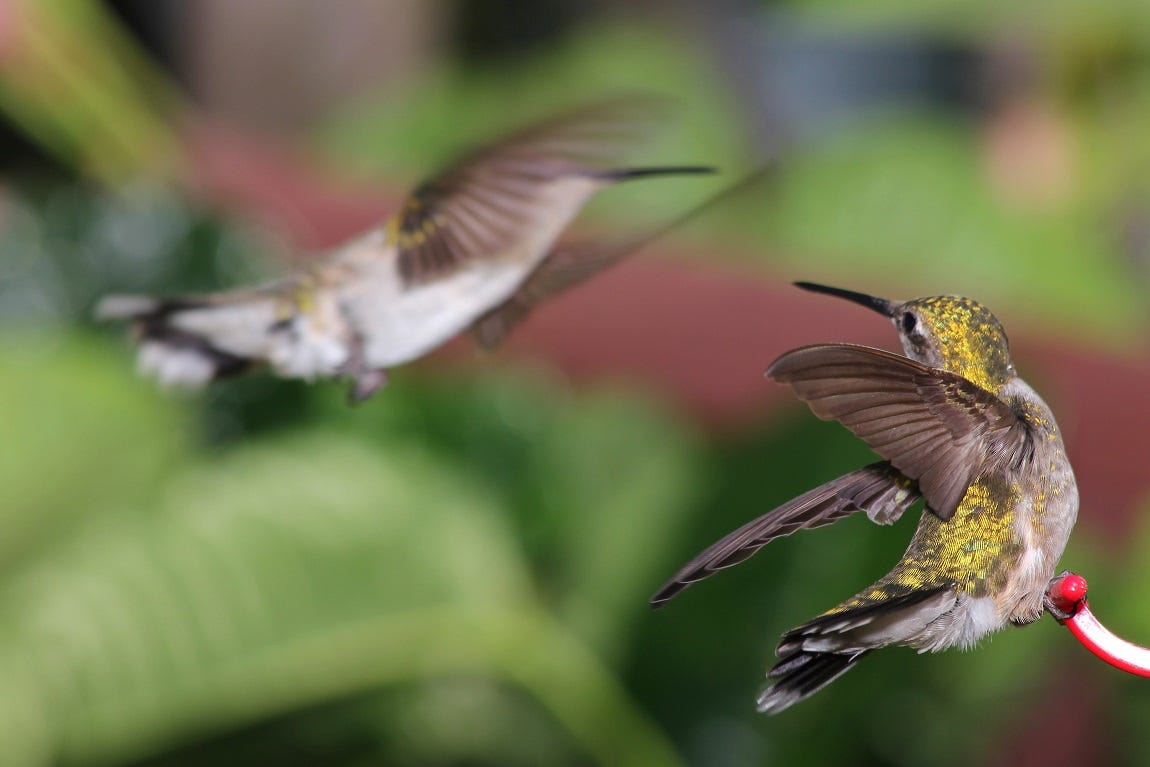
An old rule of thumb when it came to addressing bully hummingbirds was to separate the feeders from each other. However, by placing feeders in separate areas, you may be encouraging more bullies to claim their territory. The real answer to hummingbird harmony is to add more hummingbird feeders to your collection and place them in clusters around your yard.
By creating more feeding zones, some of which will be out of sight of the others, a dominant hummingbird cannot defend a particular feeder. Additionally, the fighting and feeding sounds that hummingbirds make will attract more hummingbirds to your yard, and ultimately your feeders.
Long-time hummingbird bander and one of Alabama’s foremost bird experts, Bob Sargent, suggests to start increasing the numbers of hummingbird feeders that you are offering around July 4th. This is when nesting is ending and the first southbound migrants are beginning to arrive in large numbers.
If you have one hummingbird that is a common bully, it’s also a good idea to locate their favorite hiding spot. Bully hummingbirds usually stake out a spot that allows a good vantage point of their territory so they can easily defend it. Try removing the perch or pruning the branch that they typically use. This will help to prevent them from chasing away other hummingbirds that try to feed.
Shop Our New Perky-Pet® Top-Fill Hummingbird Feeders »
Additional Hummingbird Advice
Don’t forget that by having multiple feeders, you must be more diligent about regular cleaning to ward off disease and prohibit nectar from spoiling. Sargent also suggests that it is not necessary to completely fill the feeders until you start seeing feeders go empty. The empty feeders will be a telltale sign that larger numbers of hummers are feeding in your yard.
To get more great tips and birding advice, join Perky-Pet® on Facebook. Also, be sure to sign up for our e-newsletter, which will clue you in on stories from the birding community and alert you of exclusive deals on your favorite Perky-Pet® products.





